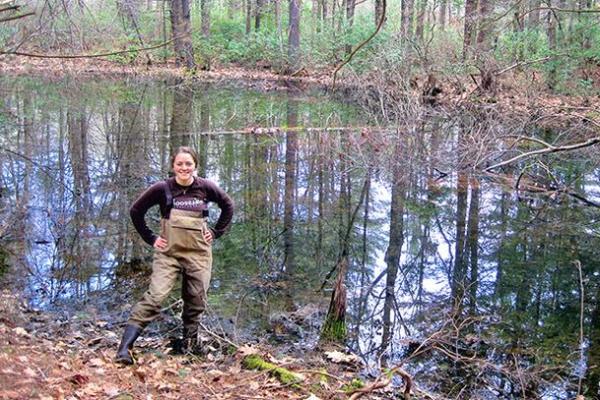NEW HAVEN, Conn., Feb. 2 (UPI) — Small ponds have a big carbon footprint relative to their size.
Researchers at Yale University found tiny pockets of freshwater account for a disproportionately large share of greenhouse gas emissions. They published their surprising findings this week in the journal Nature Geoscience.
Ponds smaller than a quarter acre account for just 8.6 percent of the surface area of the world’s stationary freshwater, lakes and ponds, but they supply 15.1 percent of the carbon dioxide, or CO2, given off by freshwater bodies, and 40.6 percent of diffusive methane emissions, CH4.
“Our study is the first to include these small ponds in global estimates of CO2 and CH4 emissions, largely because they are difficult to map and were thought to play a small role in carbon cycling,” lead study author Meredith Holgerson, a doctoral student at Yale, said in a news release.
Holgerson and study co-author Peter Raymond, professor of ecosystem ecology at Yale, analyzed the CO2 and CH4 concentrations in water samples collected from 427 lakes and ponds. They found concentrations were highest in smaller bodies.
Small ponds feature a high ratio of surface area to perimeter and accumulate larger amounts of terrestrial carbon, including leaf litter and sediments. Because small ponds are also shallower and greater amounts of water mixing, greenhouses gases move more easily from the bottom to the surface.
“That makes small ponds an important player in the carbon cycle,” Holgerson said.
Holgerson says the next step in her research is to more accurately estimate the world’s population of small ponds. The terrestrial carbon being process and emitted by small pockets of freshwater isn’t accurately factored into current climate models.
“The carbon cycling that happens in freshwater systems needs to be accounted for in estimates of terrestrial production,” she said. “These numbers are important to quantifying the global carbon cycle and making predictions about future stocks and flows of carbon.”






